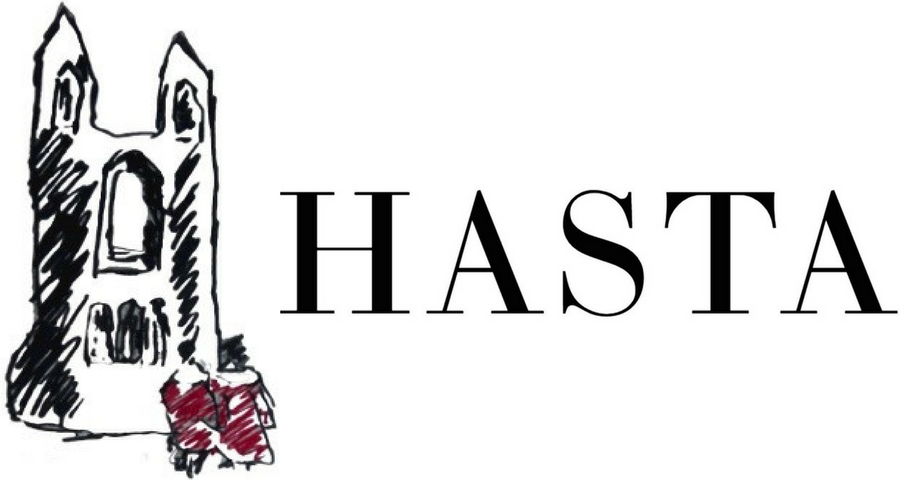An in depth look at Manhattan’s Shin Gallery
Located in New York’s cultural hub, Manhattan’s Lower East Side, Shin Gallery has emerged over the past decade as a pioneer, challenging the art world with featured showcases that both represent the era and challenge the present moment. Aged 23, gallery owner Hong Gyu Shin established Shin gallery in 2013 aiming to cultivate an environment that would house the works of established and emerging artists.
In addition to the three open rooms of the gallery, there is a fourth section of the space that is home to a one-of-a-kind artist program coined ‘Shin Haus.’ Shin Haus was launched in 2020 as an additional attribute of the gallery. The program aims to discover up and coming artists and offer them a space to display their work and gain recognition in the art world. The gallery focuses specifically on rediscovering overlooked artists who have traditionally been marginalised due to their ethnicity and gender.
Figure 1: Overview of the gallery. One of the three large and airy rooms filled with unique pieces of artwork from the collection of amazonian and modern artists.
I wandered into Shin gallery on a frigid day this January and found the current exhibition, ‘Drawing life: indigenous amazonian and the universal eye’ compelling and beautiful. Displayed along the sleek white walls were drawings done by indigenous artists from the Amazon basin. These amazonian drawings come directly from the private collection of Dr. Nairo Pinheiro. Dr. Pinheiro is an anthropologist who, while conducting his fieldwork, decided to provide his subjects with art materials with the hopes of stimulating them creatively to gain deeper insight into the inner workings of their culture and ways of life.
The collection presented at Shin presents the Xikrin, Yanomami, Mehinaku, and Bororo Amazonian tribes, depicting scenes of geometric patterns, anthropomorphized creatures, and everyday rituals. The uniqueness of these works allows viewers to experience insights into the world views of the amazonian. This exhibition presents select pieces from Pinheiro’s vast collection and pairs them alongside modern works by the likes of Carla Prina, CoBrA, and the modernist Man Ray which each strengthen the nature of the Amazonian drawings.
The unique collection put forth by Shin gallery aims to promote and bring light to the work of indigenous Amazonian artists and modernists. The unique nature of these works is often overlooked, leading to a loss of valuable cultural moments and revelations. This exhibition brings forth a new hope for artists left unnoticed, pushing audiences to dive deeper into the depths behind art and its cultural consequence.
Figure 2: Birth (Yanomami tribe #92), circa 1970-1980, Gouache on Paper
These works are linked by a strong motif of animistic relationships and their enigmatic symbolism which hides behind seemingly simple configurations. One of the first works to draw my attention was entitled ‘Birth.’ There was a cyclical nature to this work, and it invoked my own analysis of the piece, searching for a meaning to extract from my viewing. Through simple characters and geometric shapes, there is a story of life being told, and it is open to the viewer's own interpretation what they take away from the experience.
When I first entered the gallery, on the wall to my left were three drawings that caught my eye immediately. A sequence of images drawn with simple techniques by the Amazonians. There was a level of beauty and magic within this simplicity that drew me in completely. There was a story being told in a very raw and authentic way; this is what made the viewing experience enigmatic. There was a sense of mysticism to the drawings created in the Amazon that was undeniable.
Left: Man with Zunidor (Mehinaku Tribe #36), circa 1970-1980, Gouache on Paper.
Centre: Alua dance (Mehinaku tribe #12), circa 1970-1980, Gouache on Paper.
Right: Wizard Death with arrow, attack by bird (mehinaku Tribe #213), Circa 1970-1980, Gouache on Paper.
As a student of social anthropology, I found the intersection of modern art and anthropological work to be groundbreaking, unlike anything I have yet to encounter in the gallery world. The combination of indigenous art pieces with modern works is ingenious and invokes new ways of thinking in audiences. Inspiring spectators to think more deeply about the unique cultures and storylines behind the art they observe, discuss, and analyze.
If you are ever visiting the diverse and eccentric area of Manhattans Lower East Side, I recommend exploring Shin Gallery for a unique and insightful experience, one that will expand your artistic pallet. Each piece is steeped with rich culture and a vitality that radiates from the works themselves. There are stories to see and feel in each piece the gallery holds.
SHIN GALLERY NEW YORK. (n.d.). Available at: http://www.shin-gallery.com/Storage/Exhibitions/Pdf/SHIN%20GALLERY%20-%20Indigenous%20Amazonian%20and%20the%20Universal%20Eye%20(Preview%202025_Web).pdf [Accessed 24 Jan. 2025].



